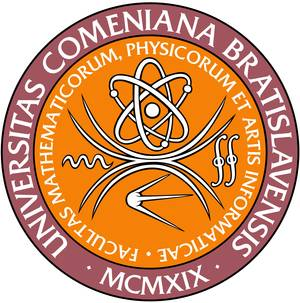Nonthermal plasma regeneration of deactivated catalysts used for plasma-catalytic VOC/PAH removal
Cimerman R., Kšanová J., Satrapinskyy L., Hensel K.
785. WE-Heraeus-Seminar: Non‐Thermal Plasmas for Sustainable Chemistry, Physikzentrum Bad Honnef, Germany, April 23-27 (2023)
request a copy
|
|
Abstract: A combination of nonthermal plasma with catalysis, i.e., plasma catalysis, usually provides higher energy efficiency and product selectivity than either nonthermal plasma or catalysis alone [1]. Therefore, plasma-catalytic processes are generally characterised by a lower yield of undesired by-products. However, the plasma-catalytic removal of complex volatile organic compounds (VOCs) or polycyclic aromatic hydrocarbons (PAHs) may lead to significant formation of the by-products deposited on the surface of the catalysts, eventually leading to their deactivation and, thus, to an overall reduction in process efficiency.
In this work, the cylindrical DBD reactors packed with various catalysts (Pt/γAl2O3, Pd/γAl2O3, TiO2, BaTiO3) were firstly employed for plasma-catalytic removal of toluene (VOC) or naphthalene (PAH) with synthetic air as a carrier gas [2]. Removal of the pollutants resulted in formation of several gaseous and solid by-products, some of them were found as undesired carbon deposits on the surface of the catalysts. Secondly, deactivated catalysts were regenerated by DBD reactors of the same geometry for several hours with oxygen as a carrier gas at ambient or elevated temperature (100°C). Regeneration of the catalysts led to formation of gaseous products (CO2, CO and HCOOH) as a result of oxidation of solid carbon deposits and their concentration as a function of time was evaluated. A level of the catalyst regeneration strictly depended on the material of the catalysts. The analysis of regeneration products was performed by FTIR. Surface of the catalysts was analysed by SEM and optical microscopy. Finally, regenerated catalysts were reused for toluene removal experiments for several cycles. The results obtained with regenerated catalysts were compared with those non-regenerated.
|

